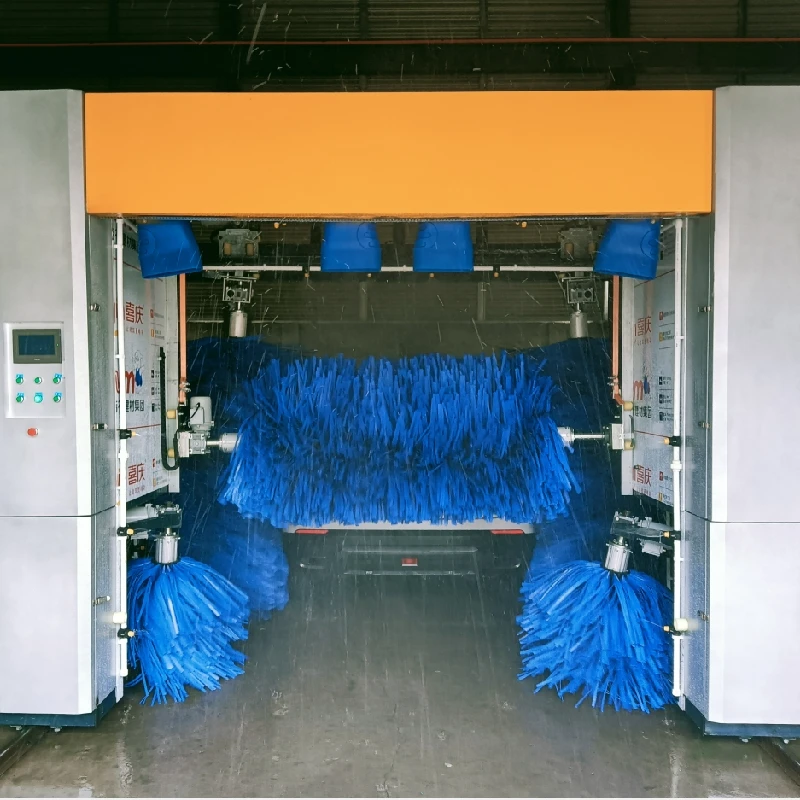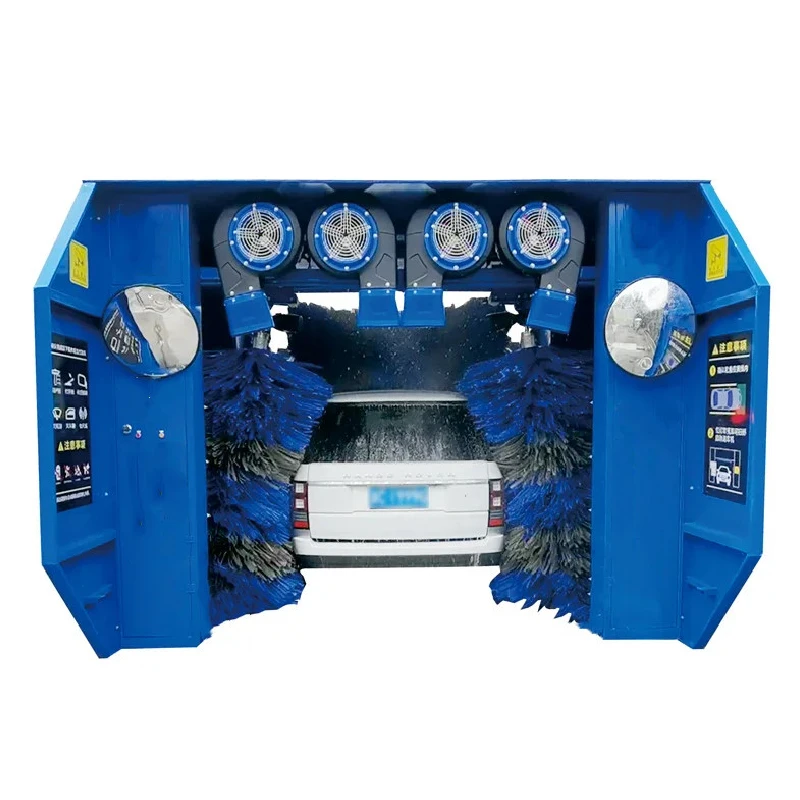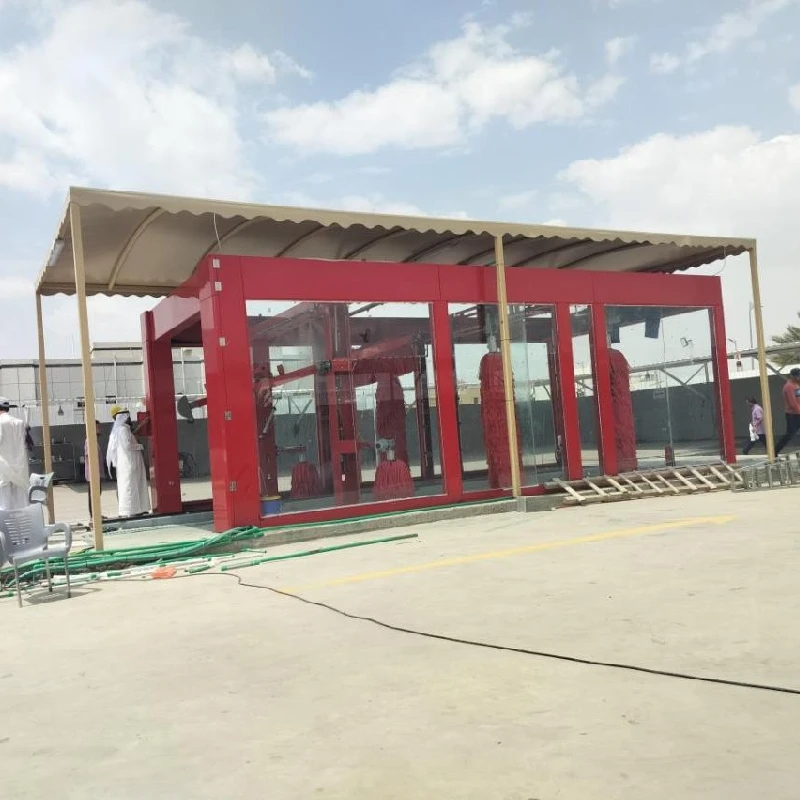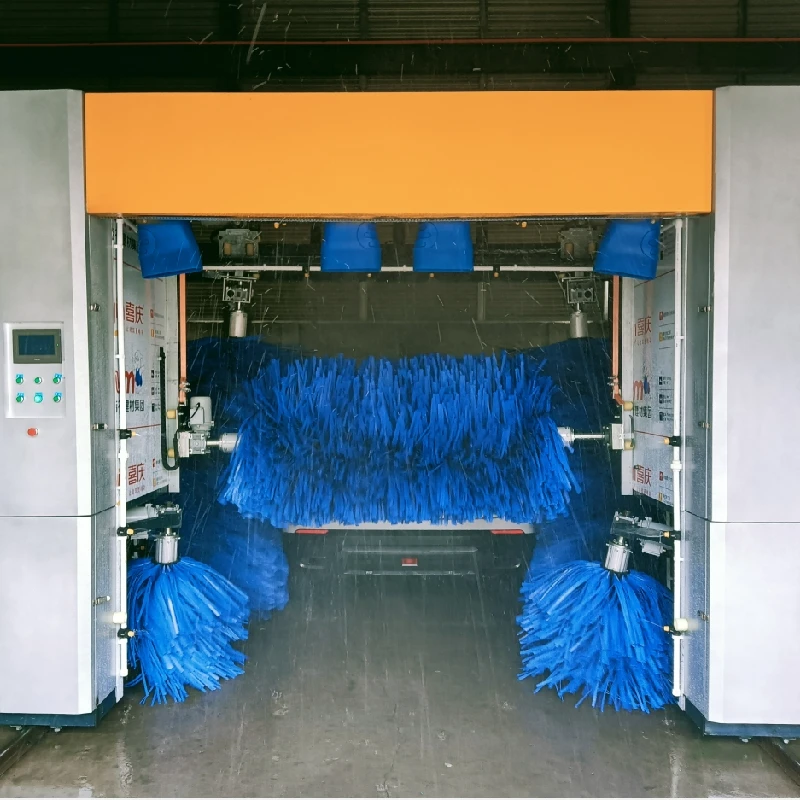Automatic Car Washing Machine Price List | Bulk Discounts
2025 Guide: What impacts the Automatic Car Wash machine price—and how to read a price list like a pro
If you’ve been hopping between dealer quotes, spreadsheets, and forum whispers, you’re not alone. The Automatic Car Washing Machine Price List can feel like moving sand—numbers shift with options, site constraints, and even freight seasons. Below is a pragmatic, field-tested breakdown anchored by a concrete model: the DY-QC-5 Automatic Car Washing Machine from Dingyuan, a 5‑brush reciprocating unit with integrated washing liquid dosing and air drying.

Industry snapshot (why prices vary)
Three trends push prices up or down: smarter controls (better sensors, VFDs), water stewardship (reclaim/recycle loops), and gentler-yet-faster wash chemistry with modern brush materials. To be honest, freight and steel costs still nudge quotes by a few grand, especially for long-distance shipments.
Spotlight: DY-QC-5 Automatic Car Washing Machine
Origin: 27Retail Sales, East Of Fuxin Road, Qiaoxi Area, Xingtai, Hebei, China. The DY‑QC‑5 is a fully automatic, intelligent 5‑brush gantry. It washes, meters detergent automatically, then air dries—no staff chasing drips with towels. Many customers say the balance of speed vs. paint-friendliness is the draw.
Key specifications (typical)
| Model | DY-QC-5 |
| Type / Motion | Reciprocating gantry, 5 brushes |
| Functions | Automatic brushing, auto dosing, air drying |
| Throughput | ≈ 12–20 vehicles/hour (real‑world use may vary) |
| Water use | ≈ 80–140 L/car with reclaim; site‑dependent |
| Air drying | High‑velocity blowers, adjustable nozzles |
| Materials | 304 SS frame + anti‑corrosion coatings; soft brush filaments |
| Controls | PLC + HMI; photoelectric sensors; VFDs |
| Power | 3‑phase, sizing per site (≈ 15–30 kW installed) |
| Service life | ≈ 8–12 years with scheduled maintenance |
Note: specifications reflect common configurations; confirm final datasheet with vendor.
Process flow and quality controls
Materials: stainless steel frame, galvanized sub‑assemblies, abrasion‑tuned brush filaments. Methods: welded frame, sealed electrical enclosures (target IP55 motors per IEC 60529), pressure‑rated pumps. Testing: dry‑run cycle tests (often ≥ 50,000 brush cycles), electrical safety per IEC/GB standards, and optional corrosion tests (e.g., ASTM B117) on coated parts. Expected service life hinges on water quality and lubrication discipline.
Where it fits
Urban forecourts with limited bay length, dealership prep centers, municipal fleets, and mid‑volume retail sites. In fact, fleets like predictable brush contact for road‑film removal on the first pass.
Vendor comparison (price sense‑check)
| Category | DY‑QC‑5 (5‑brush gantry) | Entry tunnel (≈12–18m) | Touchless arch |
|---|---|---|---|
| Price band (USD ≈) | 15k–45k EXW | 120k–350k | 35k–90k |
| Throughput | 12–20 cph | 40–80 cph | 10–18 cph |
| Footprint | Compact bay | Large site | Compact |
Ranges are indicative; local duties, installation, and options can shift totals.
Customization options
Common tweaks include: reclaim/recycle modules, foam cannons, extended dryer horsepower, winterization kits, and POS/ANPR integrations. I guess the sweet spot is reclaim + mid‑power dryers; it keeps opex sane without dragging cycle times.
Mini case notes
- A North China fleet depot reported ≈ 25% detergent savings after auto‑dosing calibration and staff retraining.
- Retail forecourt in a coastal city added anti‑corrosion upgrades; inspections after one winter showed negligible surface rust.
Compliance and data to request
Ask for CE conformity (Machinery Directive 2006/42/EC), ISO 9001:2015 quality scope, IP ratings per IEC 60529, and electrical panel compliance (UL 508A or EN/GB equivalents). Also helpful: noise reports, water‑use baselines, and detergent MSDS. It seems dull, but it saves headaches.
Reading the Automatic Car Washing Machine Price List
Budget line items typically include: base machine, install kit, dryers, chemical start‑pack, shipping, civil works, and training. For DY‑QC‑5, total landed and installed can be ≈ 1.4–2.2× the EXW, depending on country and site. A realistic Automatic Car Washing Machine Price List pairs the quote with throughput, water, and power numbers—otherwise it’s guesswork.
Customer feedback
Users praise the set‑and‑forget dosing and the dryer’s targetable nozzles. However, training matters: when brushes are mis‑tensioned, cycle quality dips—no surprise there.
Citations
- IEC 60529: Degrees of protection (IP Code) – International Electrotechnical Commission
- EU Machinery Directive 2006/42/EC – European Commission
- ISO 9001:2015 Quality management systems – International Organization for Standardization
- International Carwash Association WaterSavers program – water efficiency guidelines
- UL 508A: Industrial Control Panels – UL Standards (or EN/GB equivalents)
-
Car Wash Equipment – Durable, Efficient, Pro-Grade SystemsNewsNov.10,2025
-
automatic car washing machine price list: Fast ROI, Low CostNewsNov.10,2025
-
Car Wash Tunnel Design for High Throughput, ROI & UptimeNewsNov.10,2025
-
Car Wash Tunnel Design | High Throughput & Low MaintenanceNewsNov.10,2025
-
Automatic Car Washing Machine Price List - Fast ROINewsNov.10,2025
-
Car Wash Tunnel Design: High Throughput, Custom & DurableNewsOct.27,2025




